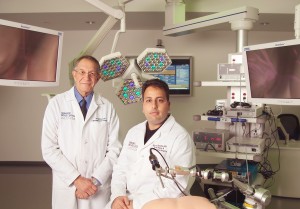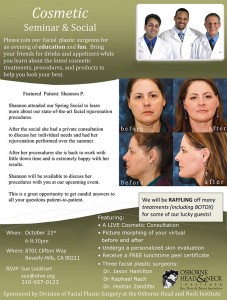- Folded Ear in Newborns: Treatment Options - April 11, 2018
- Newborn Ear Deformity: What Can Be Done? - April 11, 2018
- Ear Molding: An Overview - November 2, 2017
- Otoplasty for Protruding Ears - September 26, 2017
- Basal Cell Carcinoma: Facial Reconstruction Timing - September 26, 2017
- Clinical Considerations of Mohs Reconstruction of Cheek Defect - September 26, 2017
- Basal Cell Carcinoma: Nasal Bridge Reconstruction - September 26, 2017
- Skin Cancers Involving the Eyebrow: Clinical Considerations - October 3, 2016
- Treatment of Multiple Skin Cancer Lesions - June 1, 2016
- Skin Cancer: Nasal Reconstruction and Scar Management - June 1, 2016
Case Study
The patient is a 29-year-old female who sustained a fall and injury to her face. She was seen in the emergency room and was noted to have a swollen face and nose with nose bleed. She was diagnosed with a suspected nasal bone fracture and referred for evaluation. She was seen in office and a CT scan was obtained. The CT scan clearly showed nasal bone fracture with displacement of the nose. She underwent closed nasal reduction within one week of her trauma. Follow up CT showed great alignment of her nasal bones.
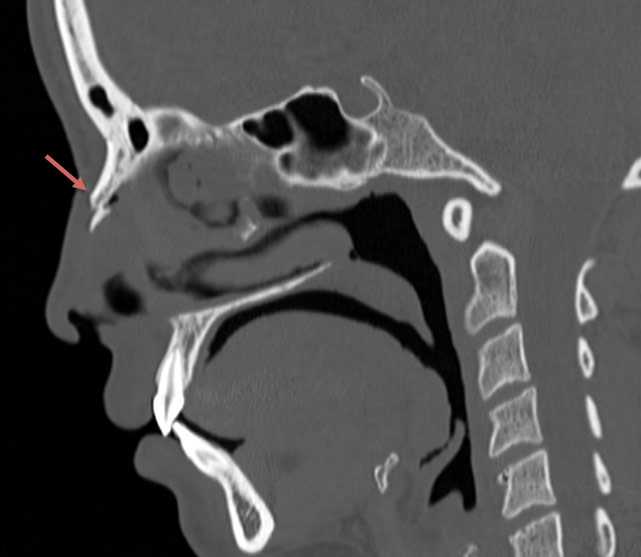
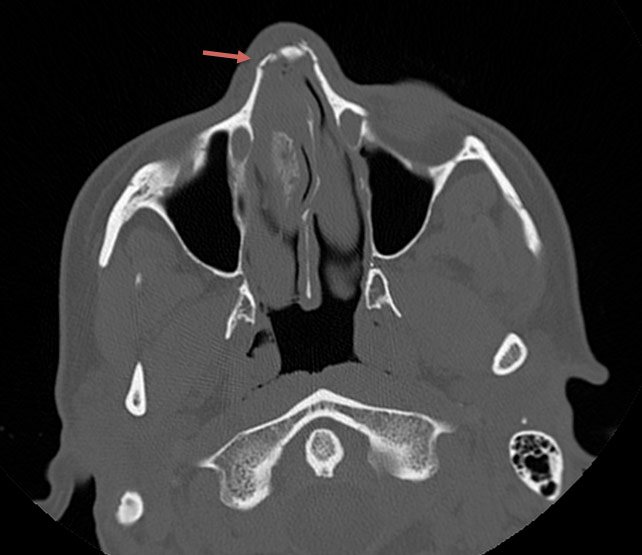
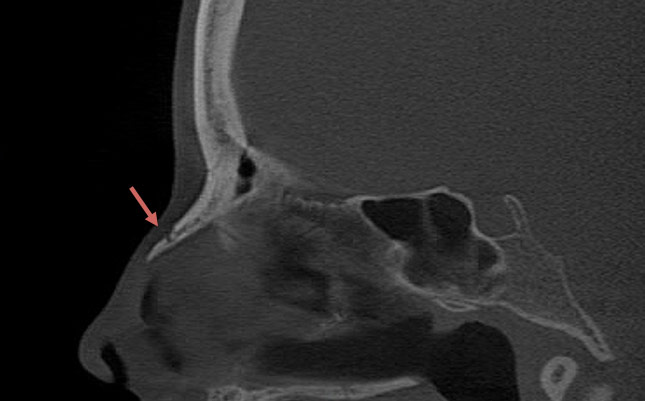
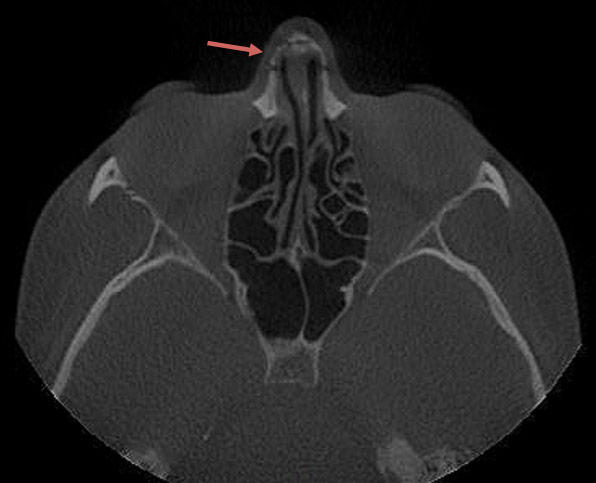
Discussion
A nasal bone fracture (broken nose) is a very common injury. In addition to the obvious cosmetic deformity of the nose, untreated nasal fractures can also lead to functional issues. These issues may include difficulty breathing, recurrent nosebleeds, and mouth breathing. However, if diagnosed early and treated within the first 2 weeks of injury, it is highly possible to avoid extensive surgery, functional changes, and disfigurement. One of the best methods to diagnose a broken nose is to obtain radiographic imaging. A CT scan will give the optimal visualization of the bones that are under the skin. A CT scan can also aid in surgical planning of both early treatment and, if necessary, more extensive surgery.
Early treatment is usually performed without any cutting or need for packing of the nose. This is done via a procedure called closed nasal reduction. The recovery time from a closed nasal reduction is only a few days and most patient’s can go back to full activity within a week. After this procedure it is important to not put any pressure on the nose for 2 months while the bones heal in place. Normal sport activity can be resumed within a week with the aid of a specialized mask that protects the nose and keeps the bones in place.
To learn more about Dr. Hootan Zandifar and nasal fracture repair, please visit www.FacialTraumaMD.com.

